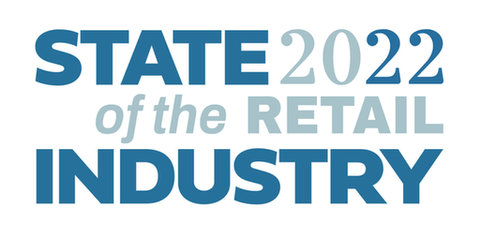
For retailers to continue to grow and thrive while facing a new, diverse set of challenges, data and automation will be the key to their success.
By Brad Bogolea, co-founder & CEO, Simbe Robotics

Over the past two years, the retail industry has gone through seismic changes. In wake of the pandemic, consumer demands changed, online grocery gained market share, and retailers began to recognize the untenable holes in supply chains. As we head into 2022, we’ll continue to see retailers shift and adapt to face these nuanced challenges.
In 2021, grocery sales soared as more people continued to work from home and avoid dining out at pre-pandemic levels. We can expect this trend to continue in the new year as COVID cases surge again and shoppers look for ways to save money on food.
We’ve also seen a rapid rise in the popularity of online grocery shopping, too, with a number of new players emerging on the scene (and gaining large amounts of funding). While demand for services like Instacart and Doordash have increased and continue to gain footprints in new markets, it remains that the majority of shoppers buy their groceries in-person. Nevertheless, retailers will face a growing need to tap into better data to improve the customer experience in store and compete with personalized online shopping experiences. Additionally, the unpredictability of the supply chain has put more pressure on retailers to avoid out-of-stocks and have suitable alternatives readily available.
While the pandemic once caused an astronomically high unemployment rate nationwide, the market has shifted and the country now struggles with a shortage of workers, making it hard for businesses to keep up with rampant demand. Labor shortages are not expected to vanish anytime soon, so retailers have started to look at automation and innovative ways to fill the gaps in lost hours. For example, automated shelf scanning and Electronic Shelf Labels are gaining relevance among retailers, allowing them to realize efficiencies in store. This frees up tasks, ensuring that labor is used more effectively on high-value tasks, such as restocking shelves and assisting customers.
Micro-fulfillment solutions have seen early traction in the market but require large initial investments to integrate in large-format stores. In a margin-constrained business like grocery, hefty up-front investments will be scrutinized for return on investment ahead of mass roll outs.
It’s no question that the COVID-19 pandemic has had a massive impact on the retail industry and as a result, companies are looking for new solutions that will enable them to adapt. For retailers to continue to grow and thrive while facing a new, diverse set of challenges, data and automation will be the key to their success.













Brad Bogolea is CEO and Co-Founder of Simbe Robotics, where he is responsible for the company’s vision and execution of its leading automation solution for the retail industry. In November 2015, Brad brought to market the Tally robot, the world’s first autonomous shelf auditing and analytics solution to help retailers ensure merchandise is always stocked, in the right place, and correctly priced. The NRF Foundation, the non-profit arm of the National Retail Federation (NRF), has named Brad to “The List of People Shaping Retail’s Future.”
Prior to Simbe, Brad spent 10 years in the energy and wireless sensor industry. Most recently at Silver Spring Networks, Brad led global product management and business development efforts for their energy management and data analytics platform for energy utilities. Products under Brad’s leadership allowed the world’s largest utility companies and their energy consumers alike to gain efficiency and visibility of their energy usage through smart sensors and data.